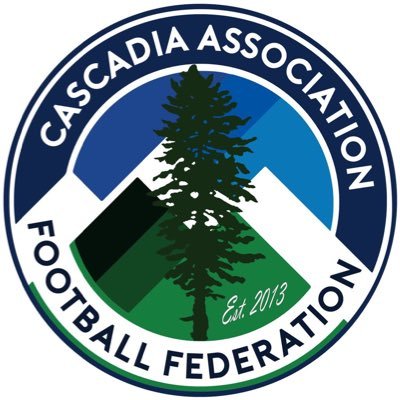About Cascadia
Cascadia is a bioregion that incorporates the Pacific Northwest of the United States and Canada, defined through the watersheds of the Columbia, Fraser and Snake Rivers - rather than arbitrary borders.
Cascadia defines the Pacific Northwest of the United States and Canada, incorporating British Columbia, Washington, Oregon, parts of Idaho, southern Alaska and northern California, and in many ways is geographically, culturally, economically and environmentally distinct from surrounding regions. It defined through the watersheds of the Columbia, Fraser and Snake River valleys. It is a place in the world with unique flora and fauna, topography, geology and is comprised of an interconnected ecosystems and watersheds.
As measured only by the combination of present Washington, Oregon, and British Columbia statistics, Cascadia is home to slightly more than 16 million people (16,029,520).
Cascadia is rooted in the idea that culture stems from place - and that by sharing place, we will have common concerns and values. It's borders stem from pre-colonial boundaries of the region, of first nation peoples who's language groups and inhabitation mirrored that of the bioregion.
For example - the two largest cities, Seattle and Vancouver share the same watershed - the Salish Sea, and yet are divided by an international border. The Cascadia Mayors Council - governors and premiere, Cascadia Corridor - and ideas like Cascadia high speed rail all exist to help break these pre-existing borders down, and grow regional cooperation and inter-dependence. In a similar vein, the Pacific Northwest Economic Region (PWNER) is the largest type of 'para-diplomacy' of its kind in the world - and incorporates all elected officials, governors, mayors and a consortium of the regions largest private and non-governmental organizations. British Columbia and Washington state remain the only place where a passport is not needed to cross the border, and a drivers license can be used instead.
A much more common definition of Cascadia instead seeks simply to help further local autonomy, empower individuals and communities to better represent their own needs, as well as push or environmental and economic responsibility, and increased dynamic, transparent and open governance. The Cascadia movement encourages people to reengage with their local communities, develop local and personal resilience (community gardens, disaster preparedness, etc.), and create alternate lines of regional communication, politics, and interdependence that better represent the social, cultural and political boundaries that define our region.
The term Cascadia was adopted in 1970 by Seattle University professor David McCloskey, as a way to better describe our growing regional identity. McCloskey describes Cascadia as "a land of falling waters." He notes the blending of the natural integrity and the sociocultural unity that gives Cascadia its character. Definitions of the region's boundaries vary, but usually include the area between the Cascade Range and the Pacific Ocean, and some part of the Coast Mountains. Other definitions follow the boundaries of existing subnational entities, and usually include the territory of British Columbia, Washington, and Oregon, while others also include parts of California, Idaho, Alaska and Yukon. The idea was further cemented into the regional imagination in the 1972 book 'Ecotopia' in which the Pacific Northwest breaks off and forms an ecolopolis.
In general, the area in and around the Cascadia region is more commonly referred to as the Pacific Northwest. The area's biomes and ecoregions are distinct from surrounding areas. The resource-rich Salish Sea (or Georgia Basin) is shared between British Columbia and Washington, and the Pacific temperate rain forests, comprising the world's largest temperate rain forest zone, stretch along the coast from Alaska to California.



